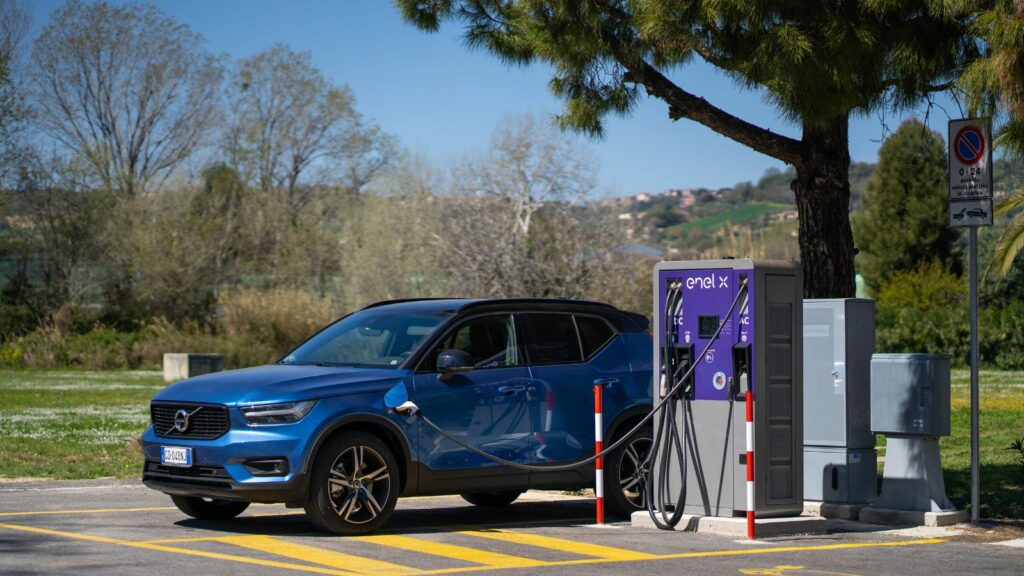Canada’s car market is about to shift in major ways starting in 2026. New rules and government mandates will impact car buying, vehicle prices, and what you’ll find on dealer lots. Here’s exactly what’s coming to Canadian roads, with the hard numbers behind each game-changing update.
Electric Vehicle Quotas for Manufacturers
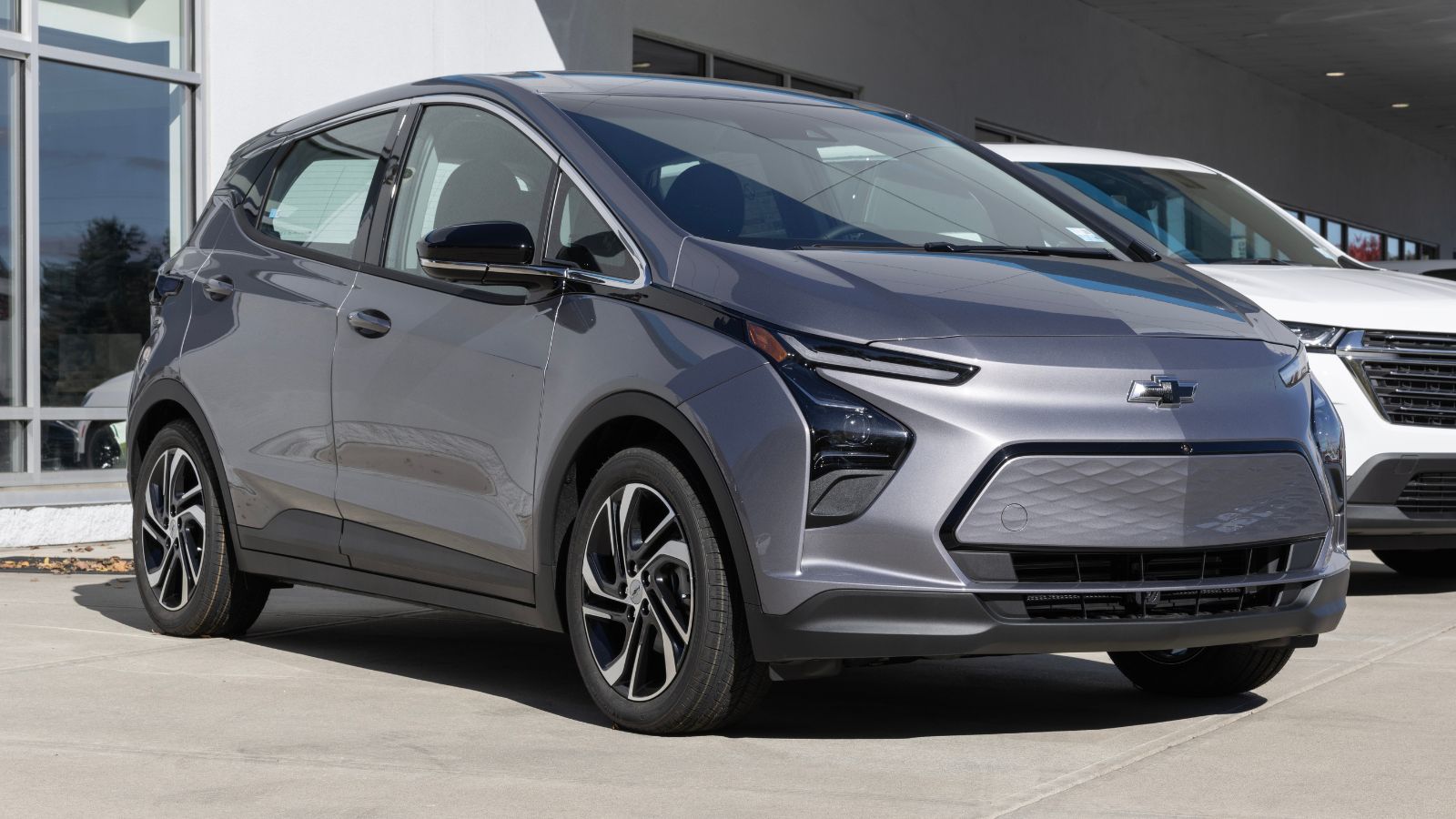
Canadian automakers will have a completely new rulebook from 2026 onward. At least 20% of every manufacturer’s new light-duty vehicle sales must be zero-emission vehicles (ZEVs). That’s a sharp jump from only 8.9% ZEVs sold in 2022 and 11.7% in 2023. These quotas get tougher by 2030, the number leaps to 60%, then 100% by 2035, meaning every new car, SUV, or pickup must be fully electric or a qualifying plug-in hybrid with at least 80 km of electric range. Car companies have called this target “impossible” in current conditions, warning that they’ll have to restrict gas vehicle sales by thousands to comply.
Hefty Penalties for Non-Compliance

Manufacturers who miss the quotas face a $20,000 fine for every extra gasoline vehicle sold—no exceptions. This “financial sledgehammer” puts extraordinary pressure on automakers, and history shows these costs don’t stay with the company: higher prices flow to buyers, especially for in-demand gas vehicles. There’s also a mechanism for companies to purchase regulatory “credits” if they exceed the required standards, creating an internal market for compliance but not eliminating costs for the public.
Significant Price Increases
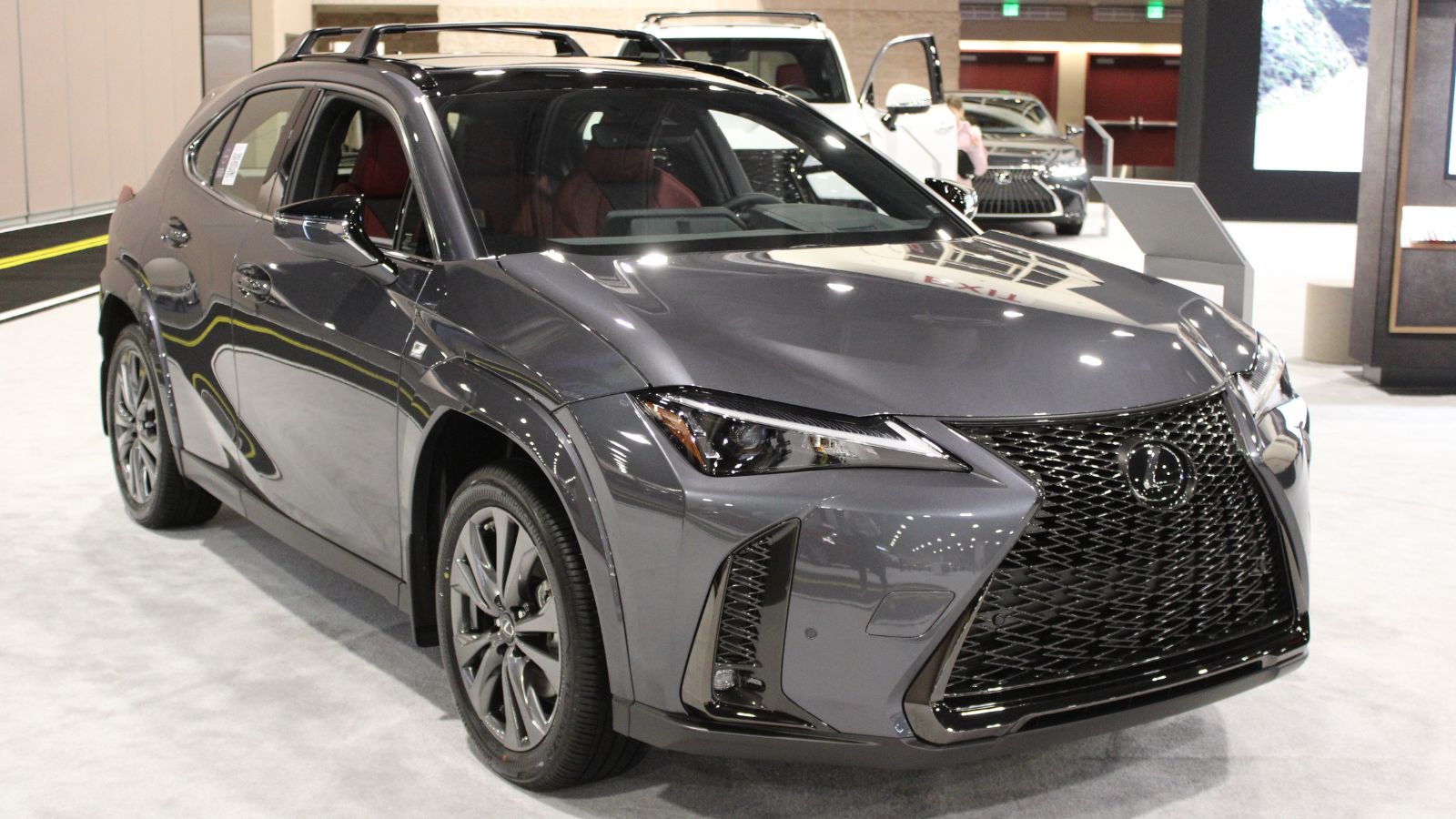
Sticker prices for new vehicles are expected to rise significantly. Crossovers and SUVs may see increases of 12–15% as soon as these rules hit, while the cost for a full-size truck could climb by 18–22% by 2030. Limited supply and expensive penalties will push up prices; industry analysts point out these hikes will affect mainstream brands as well, not just luxury models. At the same time, some reports have tracked real-world price jumps already coinciding with lower federal rebates and tighter inventories.
Shrinking Choices of Gas Vehicles

The landscape in dealerships will change fast. As quotas tighten, carmakers are likely to pull gas-only models from their Canadian lineups and restrict shipments. This means some buyers might not find their usual choices at all. Industry groups have voiced alarms, warning that this could disrupt showrooms, especially in regions where EV demand and charging access remain low. Some automakers are even asking the government to delay or change the new rules to keep more options available.
Compliance Pricing Trends
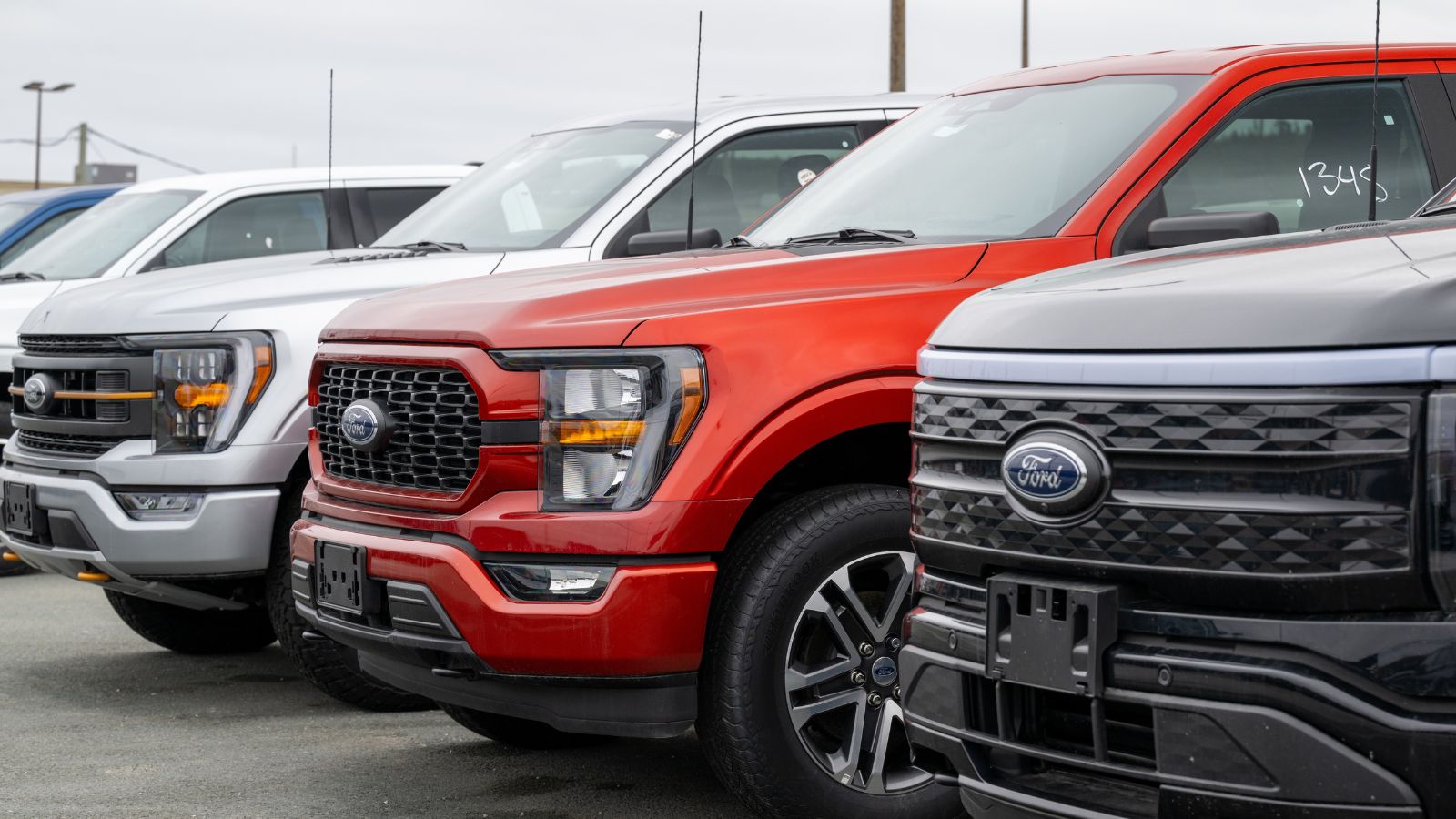
Dealerships are rolling out new price tags featuring lines like “compliance optimized pricing” or “regulatory value adjustment.” These terms aren’t just jargon; they’re extra surcharges passed on to shoppers so automakers can offset regulatory penalties, fines, or compliance credit costs. For buyers, it directly means higher bills, with some fee breakdowns showing up as their own line on invoices in 2026.
Used Car Market Turbulence
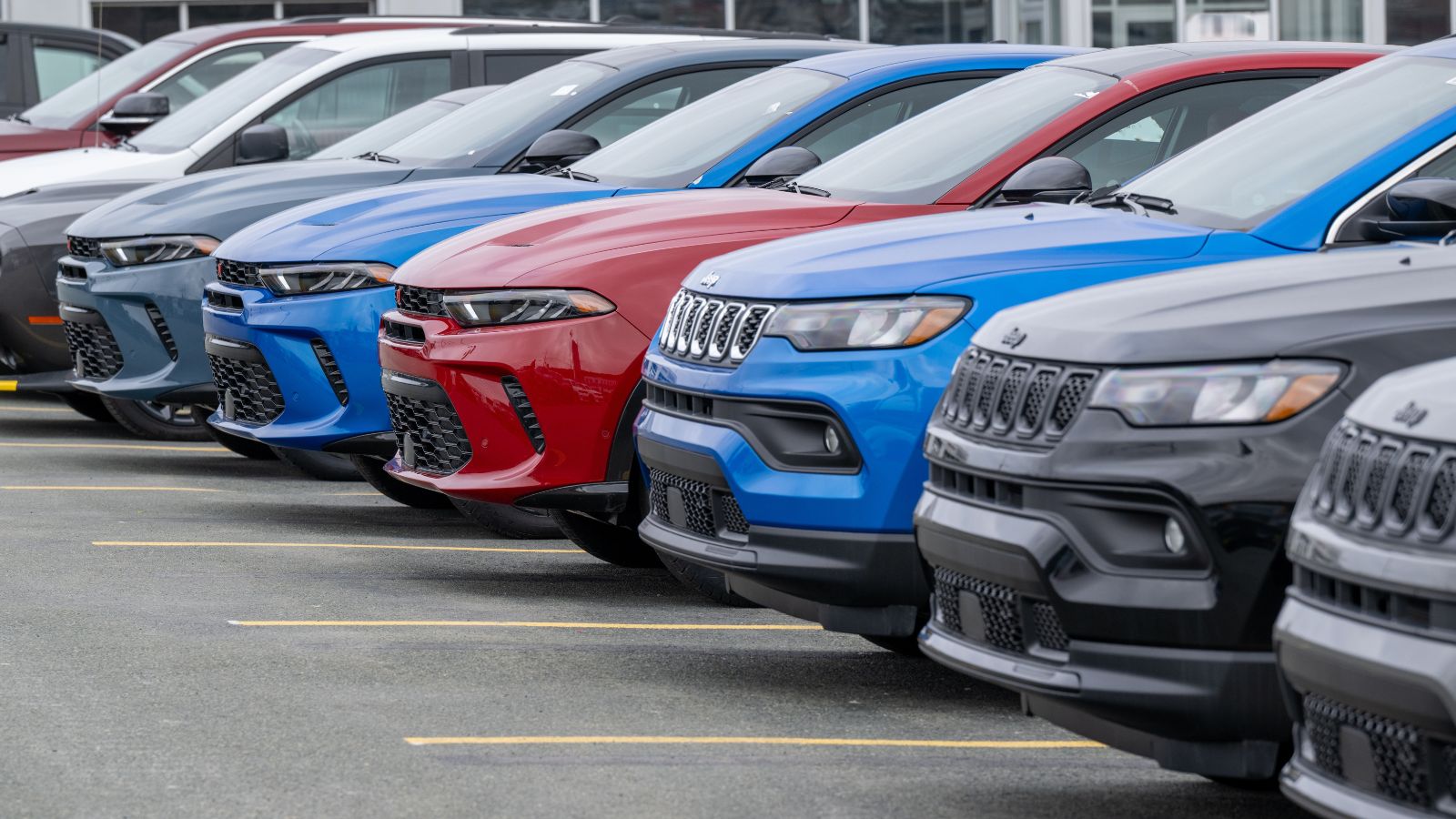
Demand for used gasoline vehicles is set to soar as new gas models become scarcer and pricier. With fewer new gas options and higher sticker prices, the used market will see more competition, especially for reliable trucks and SUVs. Many experts expect this to push used vehicle prices higher, shrinking the pool of good-value cars and making it harder for Canadians on a budget to find affordable transportation.
Federal Purchase Incentives and Rebates

Federal rebates of up to $5,000 for new EV buyers ran out of money in January 2025, removing a major price break for Canadians. Without this help, the cost gap between electric and gas vehicles widens just as the mandates tighten. Buyers must now hunt for provincial incentives, which are much more uneven and limited depending on where you live.
Rapid EV Infrastructure Expansion Required
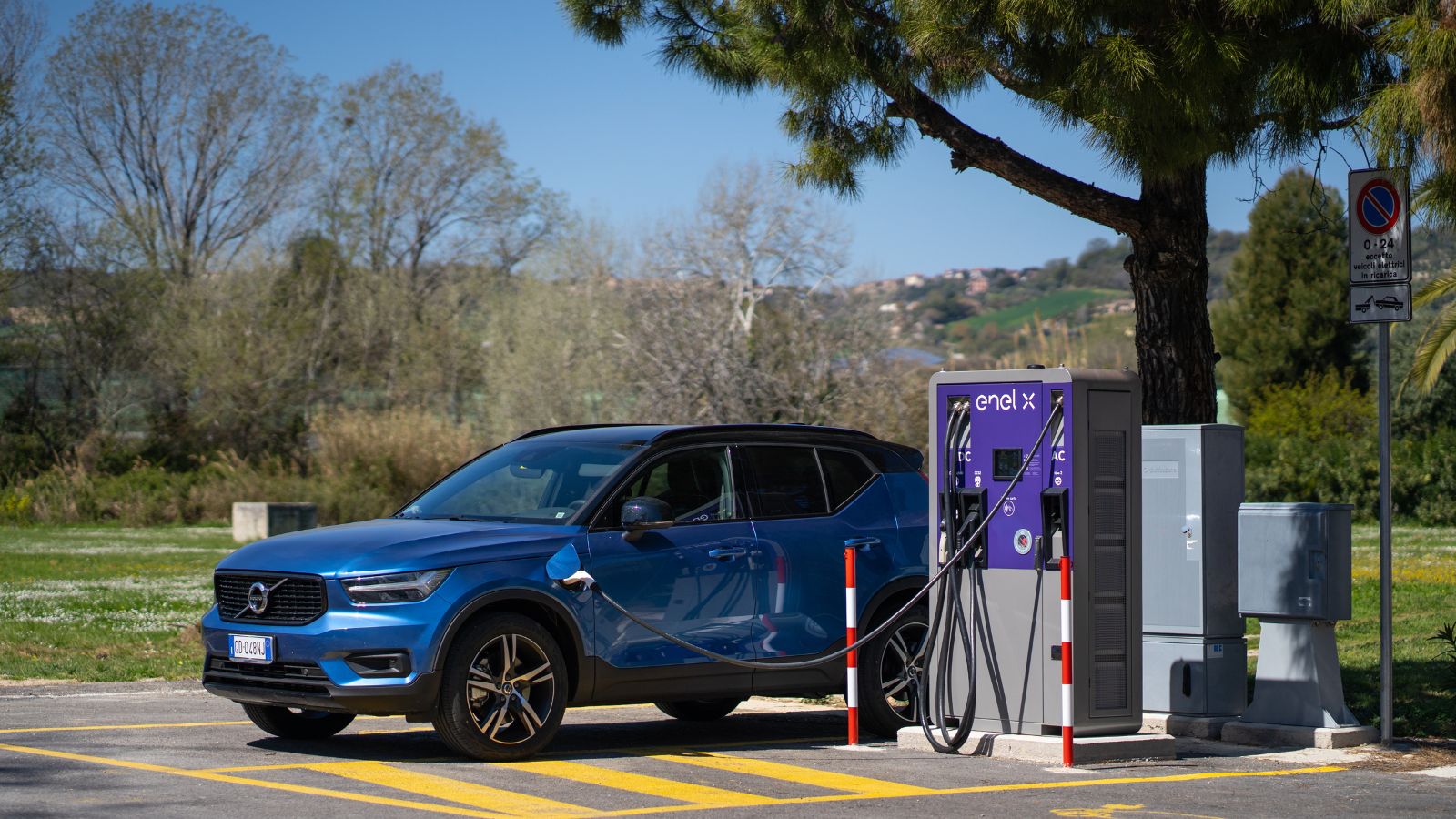
Canada faces a huge challenge scaling up its charging network. While there are now about 33,767 public charging ports at 12,955 stations, a 24% jump from the year before, the country is nowhere close to the 447,000–679,000 public chargers needed by 2035–2040. Experts put the price tag as high as $300 billion to over $1 trillion, about $27,500 for every Canadian, to fully build out the infrastructure, and rural regions lag far behind cities.
Range Issues in Cold Climates
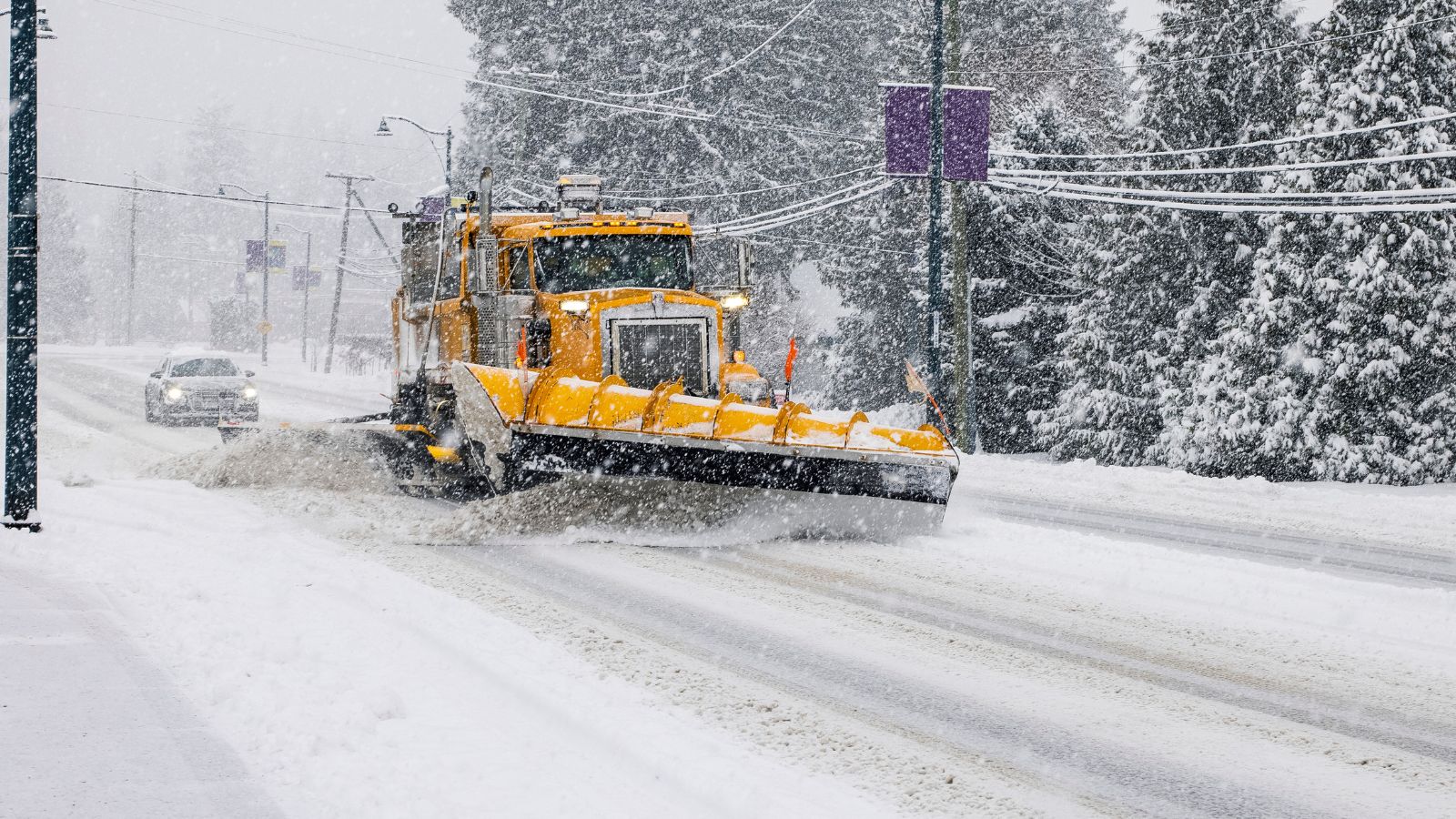
Harsh winters remain a major challenge. Canadian tests show EVs lose 14–39% of their driving range when temperatures drop to between -7°C and -15°C. For many models, that means one-third less distance before needing to recharge in winter, a key factor for most Canadians living in northern or remote areas. Because of this, nearly two-thirds of shoppers remain hesitant about switching to EVs, especially in the Prairies or Atlantic provinces.
Partial Credits for Plug-In Hybrids
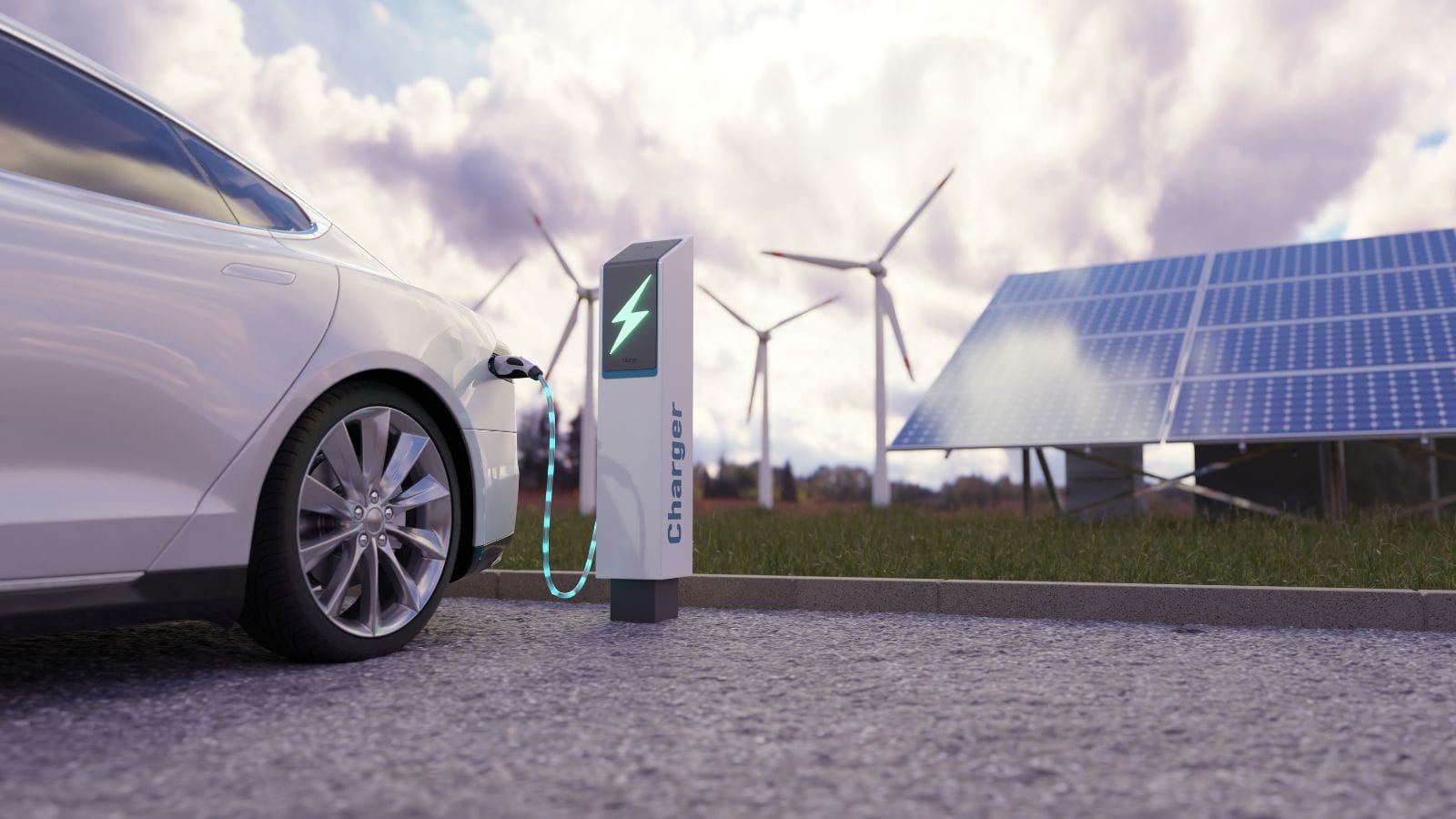
Canada’s new rules only give full ZEV credit to plug-in hybrids with at least 80 km of electric-only range. Most plug-in models fall short, earning only partial credit that shrinks each year, which makes automakers less motivated to import or sell them. Expect to see fewer plug-in hybrids eligible for full green incentives, and a quick move by car companies to focus on full-electric models.
National and North American Alignment
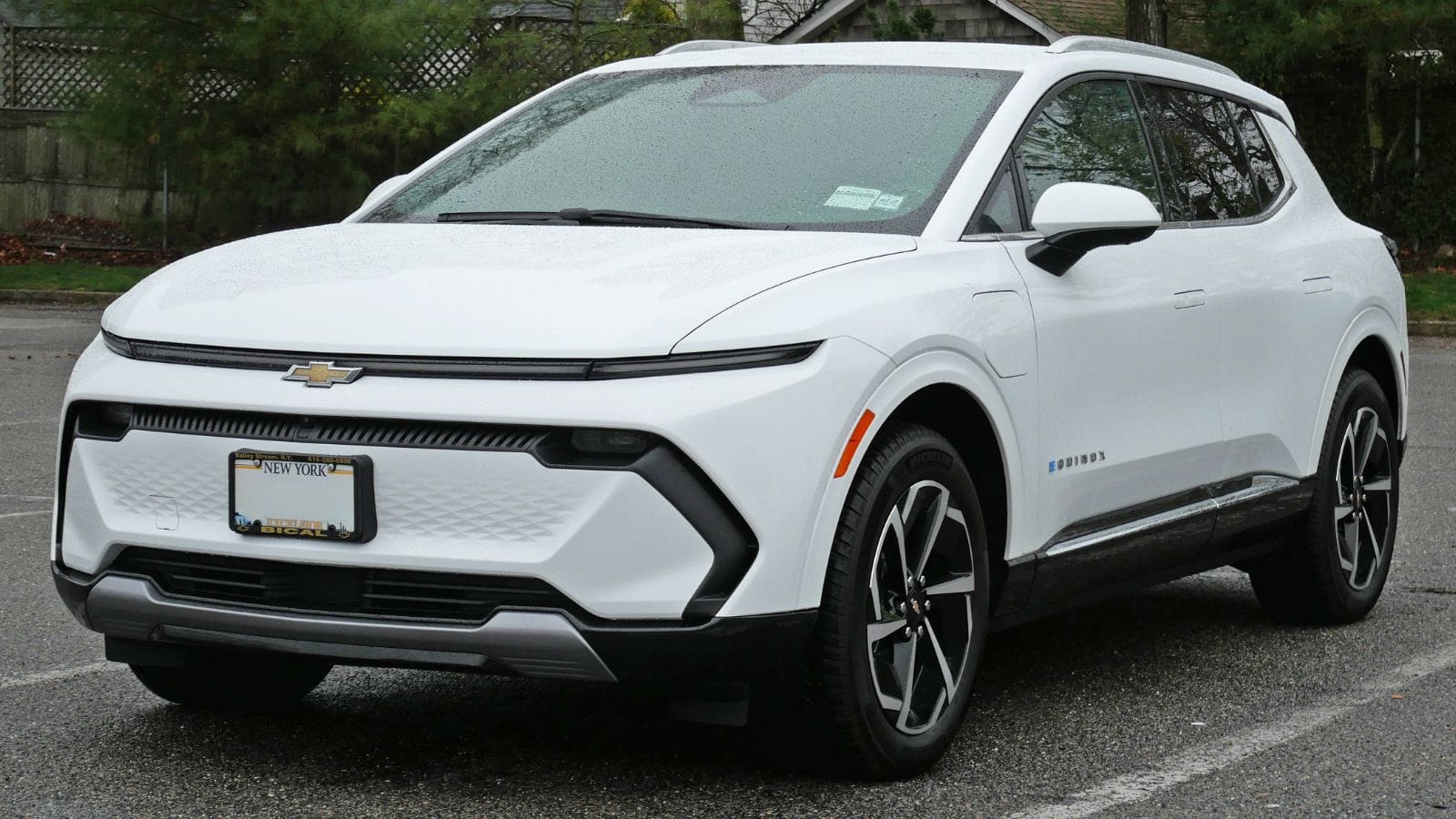
Canadian rules now match ambitious targets in California and several U.S. states, aligning the continent’s car market standards for major automakers. This simplifies supply chains and allows more consistent access to the latest EV models for Canadians. For multinational automakers, this approach avoids having to build one set of cars for Canada and another for the U.S., helping with costs and model variety in the long term.
Mandatory Change Regardless of Consumer Demand

These mandates are set by federal law and do not depend on current consumer demand or infrastructure readiness. Even if buyers hesitate or rural regions lag on charging stations, automakers must hit their targets or face steep fines and restricted gas inventory. This top-down transformation means every player, from dealerships and manufacturers to buyers, has no option but to adapt, ensuring that gas-powered cars rapidly fade from Canadian roads over the coming decade.
21 Products Canadians Should Stockpile Before Tariffs Hit

If trade tensions escalate between Canada and the U.S., everyday essentials can suddenly disappear or skyrocket in price. Products like pantry basics and tech must-haves that depend on are deeply tied to cross-border supply chains and are likely to face various kinds of disruptions
21 Products Canadians Should Stockpile Before Tariffs Hit
